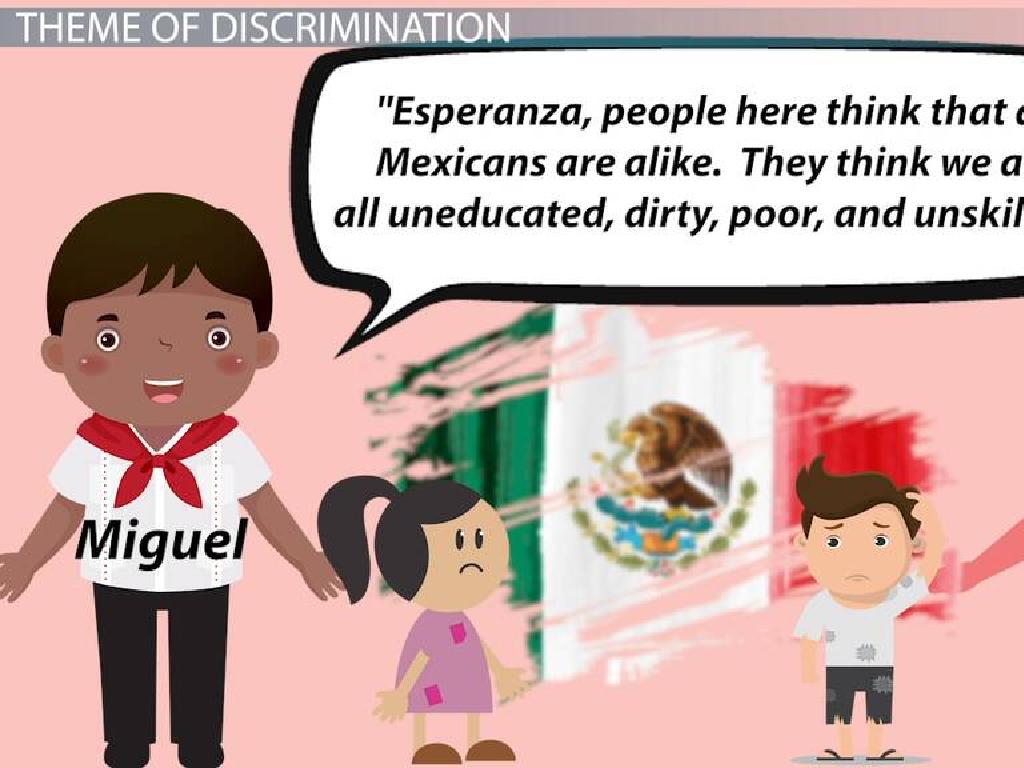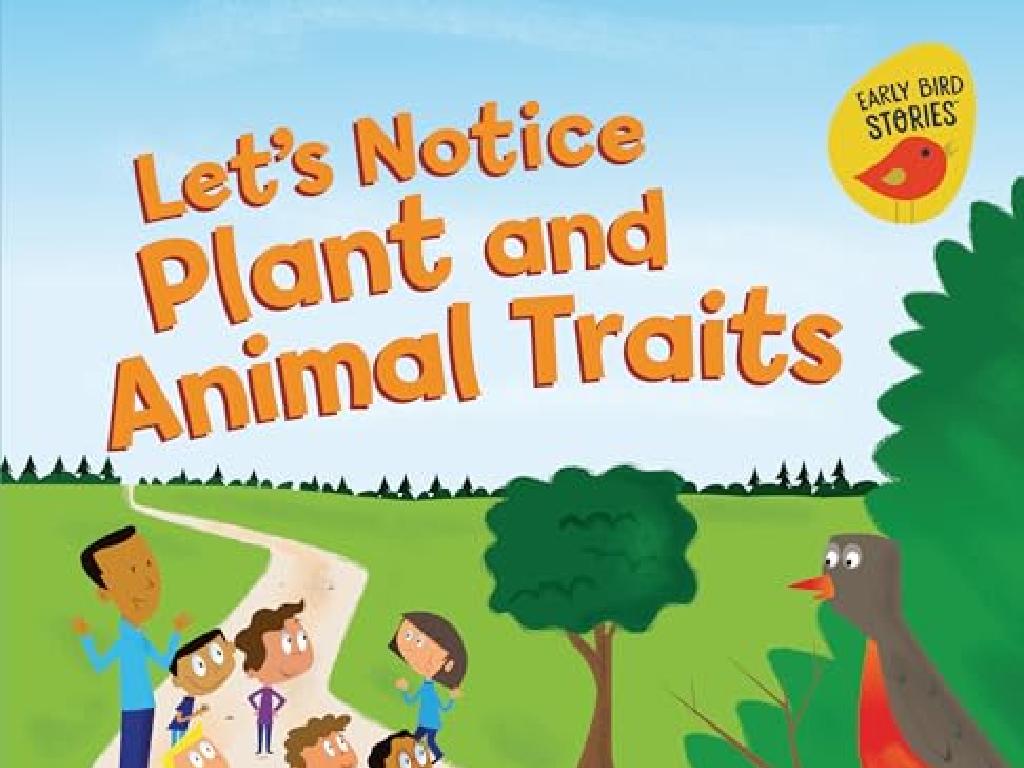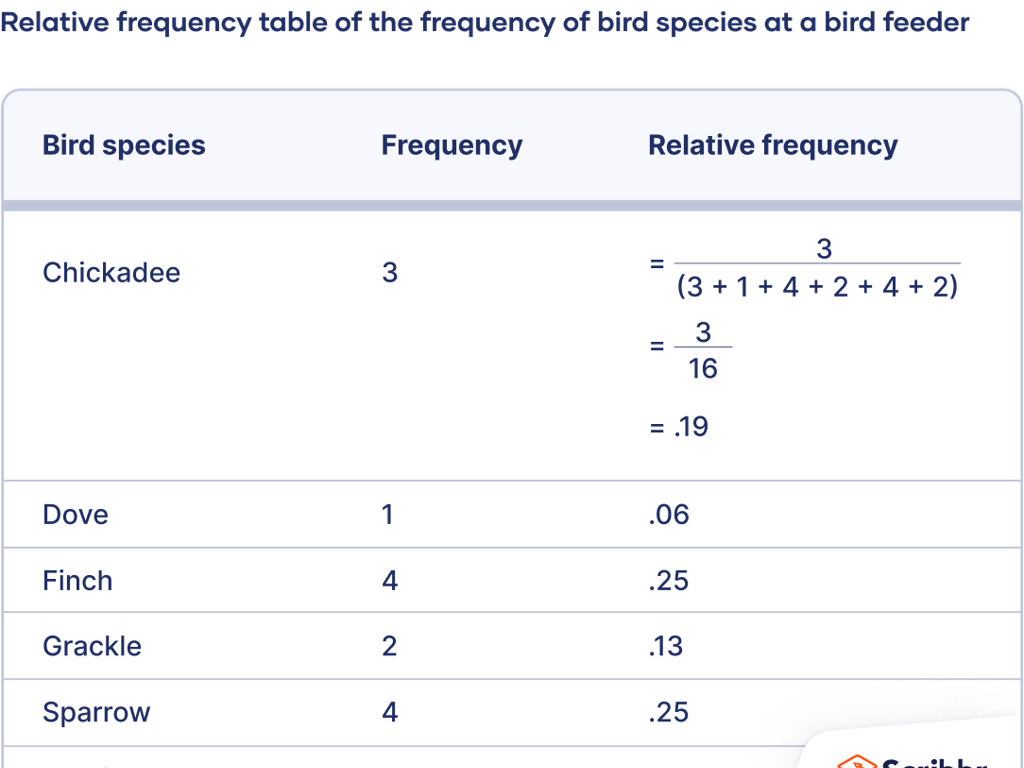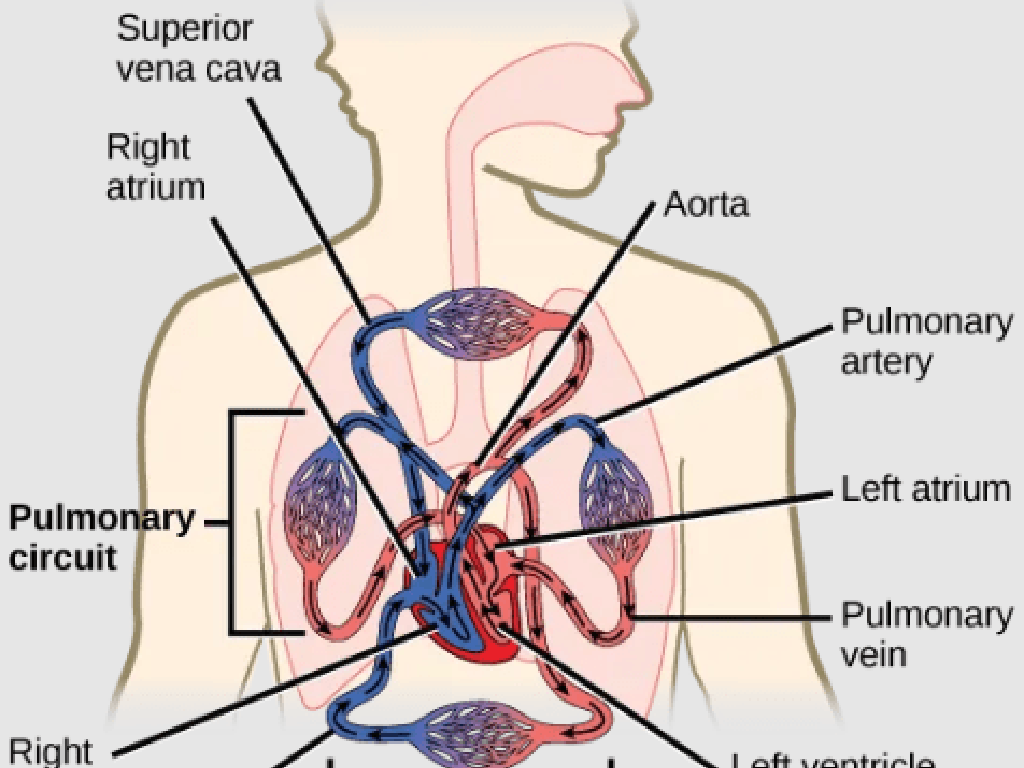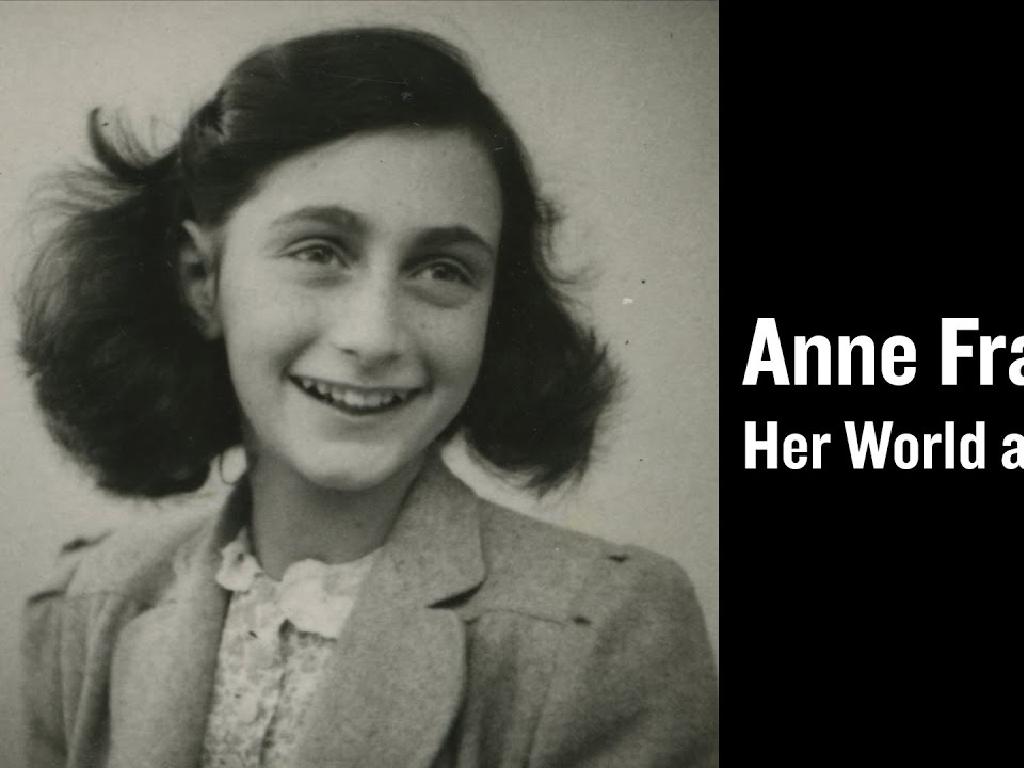Then And Now: Work And Play
Subject: Social studies
Grade: Kindergarten
Topic: Then And Now
Please LOG IN to download the presentation. Access is available to registered users only.
View More Content
Then and Now: Work and Play
– Playtime in the past vs. today
– Kids played with marbles and hoops, now they play video games and sports.
– Jobs long ago and jobs now
– People worked as farmers or craftsmakers, now we have many different jobs like programmers.
– How toys have changed
– Wooden toys and dolls were common, now we have electronic toys and games.
– Changes in how we work
– Work was mostly manual labor, now many jobs use computers and technology.
|
This slide introduces kindergarteners to the concept of change over time, focusing on work and play. Begin by discussing the types of games children played in the past, such as marbles and hoops, and compare them to the games children play today, like video games and sports. Highlight the evolution of jobs, explaining that many people used to work on farms or make things by hand, whereas today we have a wide range of jobs including those in technology. Discuss how toys have evolved from simple wooden figures to today’s electronic gadgets. Lastly, talk about the shift from manual labor to more diverse job roles involving technology. Use pictures and simple language to help students understand the concept of change over time. Encourage them to ask questions and share stories from their grandparents about the past.
Playtime in the Past vs. Now
– Olden days: simple toys
– Like marbles and spinning tops
– Kids made their own toys
– Using wood, cloth, and stones
– Compare old & new toys
– Show & tell: toy pictures
– Look at pictures of old toys and discuss
|
This slide aims to give students a glimpse into the past, showing them how children used to play with simple toys that they often created themselves. It’s a chance to compare and contrast the toys from long ago with the toys they play with today. Encourage the children to think about the materials used in old toys versus modern ones and the creativity involved in making their own playthings. During the presentation, show pictures of old toys like marbles, spinning tops, and dolls made from corn husks or cloth. Ask the children if they have seen any of these toys before and if they can think of ways to make their own toys using items they find at home or in nature.
Playtime Now: Modern Toys
– Lots of toys like figures and games
– Some toys use batteries or electricity
– Think about toys that light up or make sounds
– What toys do you play with?
– Maybe you have dolls, cars, or a favorite game?
– Sharing our favorite toys
|
This slide aims to engage Kindergarten students in a discussion about the toys they play with today, highlighting the variety and technological advancements in modern playthings. Encourage the children to think about and name the toys they enjoy, such as action figures, video games, and bicycles. Discuss how some toys require batteries or electricity, like those that light up or make noise. This will help them understand the concept of energy sources. The activity involves students sharing their favorite toys with the class, fostering a sense of community and allowing them to see the diversity in their peers’ interests. This can lead to a conversation about how playtime has changed over the years.
Work Long Ago: Then and Now
– Jobs in the past were hands-on
– People used their hands or simple tools to do their jobs.
– Farmers, blacksmiths, weavers were key
– These jobs were very important for making food, tools, and clothes.
– Animals helped people with their work
– Horses and oxen were like the big machines we have now.
– Let’s view pictures of olden workdays
|
This slide introduces children to the concept of work in the past, emphasizing the hands-on nature of jobs and the reliance on animal help. It’s important to explain that before modern technology, people had to use their physical skills and the strength of animals to complete tasks. Highlight the roles of farmers, blacksmiths, and weavers, explaining their contributions to society. Use pictures to make the past come alive for the students, showing them how these jobs were performed. Encourage the children to think about how these jobs compare to work today and to consider the tools and machines we use now. This will help them appreciate the advancements in technology and the changes in how we work and play.
Work Today: Technology at Work
– Machines and computers aid work
– New jobs: programmers, pilots, doctors
– Tech tools in jobs
– Doctors use tools like X-rays & computers
– Discuss jobs using technology
– Can you think of people who use technology to do their jobs?
|
This slide introduces children to the concept of how work has evolved with technology. Begin by explaining that machines and computers make our jobs easier and faster. Highlight new professions that didn’t exist in the past, such as programmers who write code for computers, pilots who fly advanced airplanes, and doctors who use sophisticated tools for diagnosis and treatment. Engage the students by asking them about jobs they know where technology is used. This can include their parents’ jobs or jobs they’ve seen on TV. Encourage them to think about how technology helps in these jobs and share their thoughts with the class. The goal is to make them aware of the role of technology in the workforce and how it shapes our daily lives.
Then and Now: Toys and Jobs
– Compare old and new toys
– How were toys different long ago?
– Compare past and present jobs
– What jobs did people do long ago?
– Use a chart for differences
– A chart helps us see what’s the same and what’s different
– Learn how things change over time
– Understanding change helps us learn about history
|
This slide is aimed at helping Kindergarten students grasp the concept of change over time by comparing toys and jobs from the past to those of today. Use simple language and relatable examples, such as the difference between wooden toys and modern electronic toys, or the shift from farming jobs to computer-based work. The chart should be visually engaging with clear, colorful illustrations representing both eras. Encourage the students to think about what they play with and the jobs they see around them, and how these might have been different in the past. This activity will not only teach them about history but also about the evolution of society and technology.
Class Activity: Then and Now Collage
– Create a ‘Then and Now’ collage
– We’ll use pictures to see how play and work have changed
– Choose old and new toys and jobs pictures
– Find pictures of toys and jobs from long ago and today
– Work together on a poster board
– Help each other glue pictures on a big board
– Display our work and play history
|
This activity is designed to help Kindergarten students understand the concept of change over time in the context of work and play. Provide a variety of magazines or printouts with images of old-fashioned and modern toys, as well as different jobs from the past and present. Guide the students in selecting images and explain the differences between them. Encourage teamwork as they arrange and glue their pictures onto a large poster board. Once completed, discuss the collages as a class to reinforce the concept of ‘then and now.’ This hands-on activity not only makes learning about history tangible for young students but also fosters collaboration and creativity.

